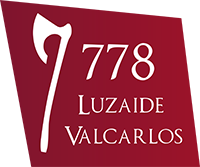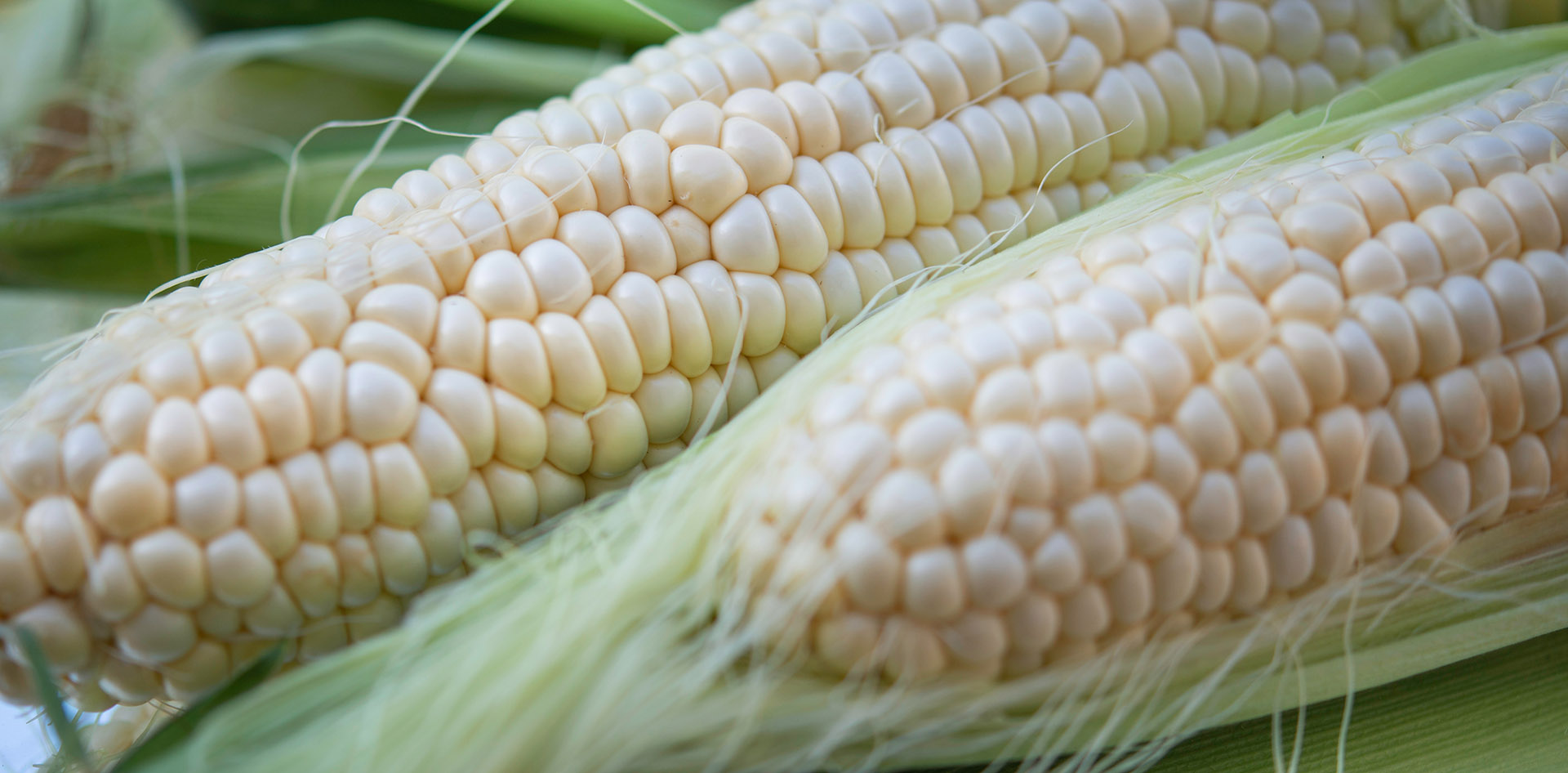The task of shucking corn was very important, as white corn varieties grown on all the farmsteads were traditionally used to make corn ‘talos’ and bread. That is why we find a chair in the kitchen with a basket in front of it full of corn ready to be shucked. The variety of the corn on display has a long history:
It originates from the Aintxalde farmstead in Lasa and has now been cultivated for over 60 years at the Maestru farmstead in Pekotxeta, as well as at the Idiartia farmstead in Duzunaritze, where the corn cobs donated for this exhibition come from. The plants grow to a height of between 2 and 2.5 metres. The ears grow at a height of 1.40 or 1.50 metres and are 18-25 cm in size. Its most recognisable feature is the pale-yellow colour of its grains, hence the name ‘arto xuria’ (white corn).
Corn is grown in association with common beans, which climb up the corn stalks. At the Maestru farmstead, they used to grow a variety of white beans with a red stripe, which was lost about 30 years ago.
Until the mid-20th century, all the farmsteads in Luzaide/Valcarlos grew a plot of corn that provided food for the people, cows, pigs and chickens on the farm. The one at the Maestru farmstead covered more than one hectare and was cultivated in its entirety until the early 1960s. With the introduction of modern hybrid corn varieties, changes in agricultural production models, and the evolution of family eating habits, local corn varieties have gradually disappeared. This white corn from Pekotxeta is one of the last remaining examples of the biocultural heritage represented by the local varieties of Luzaide/Valcarlos and Lower Navarre.


